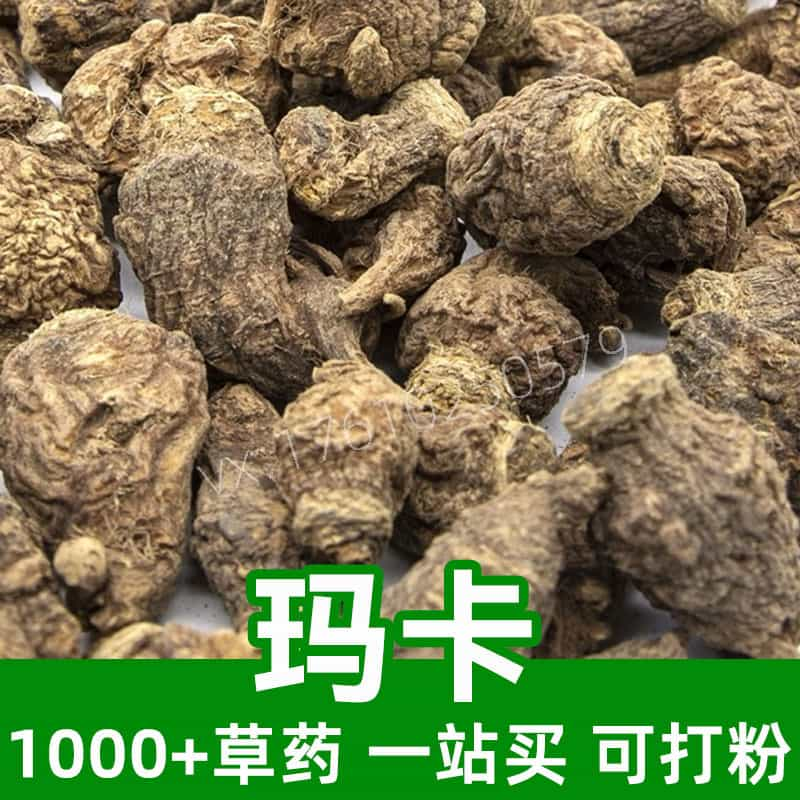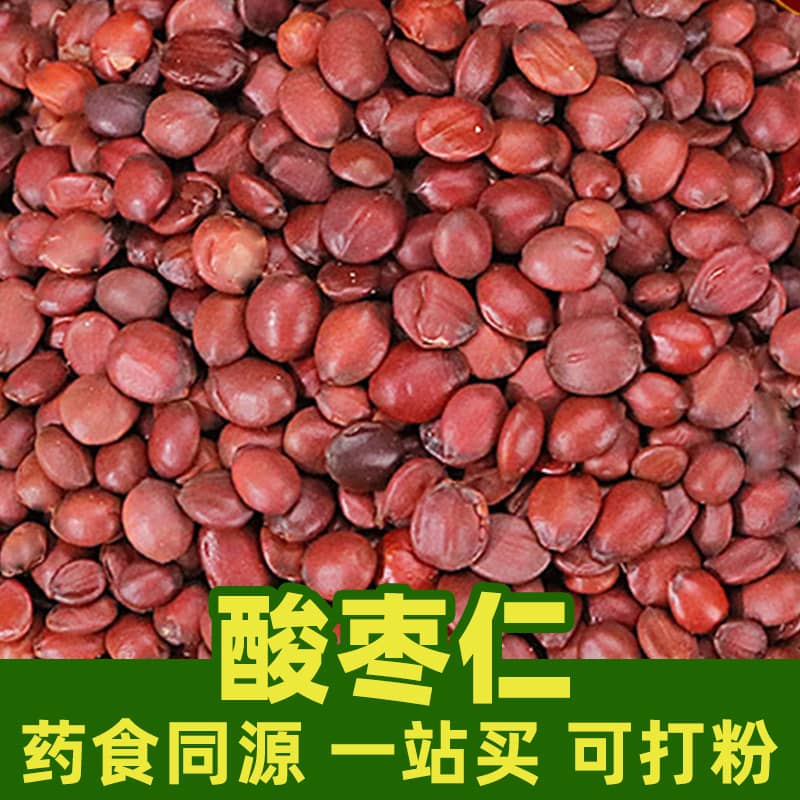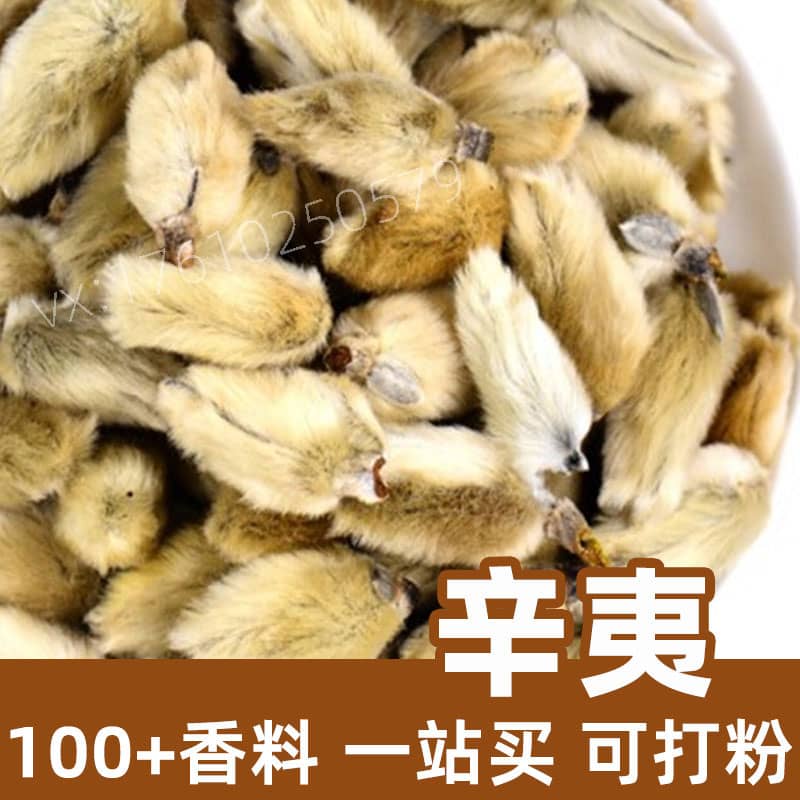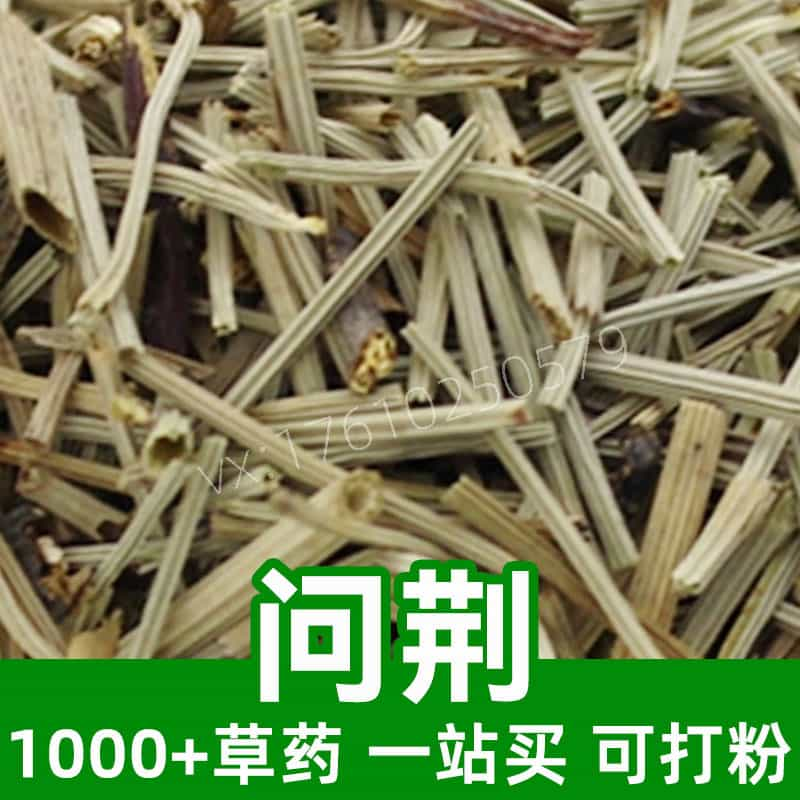Product Introduction
Hemorocallis Citrina, commonly known as daylily or golden daylily, is a perennial herb notable for its striking yellow blossoms and culinary versatility. This plant is native to parts of East Asia, particularly China, where it has been cultivated for centuries not only for ornamental purposes but also for its health benefits and culinary uses. The flowers, along with their buds, are often used in various Asian cuisines, prized for their slightly sweet flavor and crunchy texture. In traditional Chinese medicine, Hemorocallis Citrina is considered a nourishing herb that is believed to promote overall wellness.
All parts of the plant can be utilized, but the young flower buds and petals are the most commonly consumed. They are often used in soups, stir-fries, and salads, adding both unique flavor and vibrant color to a variety of dishes. Research indicates that Hemorocallis Citrina is rich in vitamins A and C, as well as other essential nutrients, which contribute to its popularity. Beyond culinary applications, the herb has historical significance in traditional Chinese medicine, where it is thought to support digestive health and overall vitality.
Main Active Ingredients
Hemorocallis Citrina enriches its profile with a plethora of active compounds and functional ingredients. The primary active ingredients are flavonoids, which are known for their antioxidant properties that help in combating oxidative stress. One of the key flavonoids present is quercetin, which has been studied for its numerous bioactive properties.
In addition to flavonoids, Hemorocallis Citrina contains polysaccharides that may exhibit immune-enhancing effects and contribute to the overall nutritional benefits of the herb. The tuberous roots of Hemorocallis Citrina are also rich in carbohydrates and dietary fiber, which can aid in digestion and provide a source of energy.
The flowers and buds are well-known for containing vitamins A and C, both critical for maintaining healthy vision, skin health, and immunological functions. Furthermore, the herbal composition includes essential oils that enhance its culinary appeal while contributing to its characteristic aroma and potential therapeutic benefits.
Product Application Scenarios, Usage, and Dosage
In traditional Chinese medicine, Hemorocallis Citrina is primarily utilized for its diverse applications that support various health aspects. Its culinary versatility makes it a common ingredient in soups, stews, and stir-fried dishes, showcasing its nutritional profile. As a food product, it can be prepared fresh, dried, or cooked, allowing for a range of culinary experiences.
The typical usage involves incorporating dried or fresh flower buds into meals, usually ranging from two to five grams, depending on personal preference and dietary needs. When used in herbal mixtures, Hemorocallis Citrina is often combined with other ingredients known for their abilities to promote digestive health or to enhance the flavor of a dish.
In traditional contexts, the herb is sometimes utilized in decoctions or infusions, where it is steeped in water to extract its beneficial compounds. This method can be tailored according to individual health goals while adhering to traditional usages.
While exploring its applications, it's important to consult with trained practitioners of herbal medicine for proper guidance, dosage, and preparation methods in conjunction with other herbs and dietary practices.
Introduction to the Source Plant, Distribution, and Growth Environment
Hemorocallis Citrina thrives in a variety of environments and is most commonly found in temperate regions of East Asia, particularly in China, Japan, and Korea. This perennial plant tolerates diverse soil conditions and can often be seen flourishing in roadside ditches, clearings, and fields. The growth habitat typically comprises well-drained soils enriched with organic matter, benefiting from moderate sunlight and moisture.
In China, Hemorocallis Citrina has been cultivated since ancient times, both for its ornamental flowers and edible parts. It is not uncommon to find it in rural gardens, cultivated for both personal consumption and commercial sale. The adaptability of the plant allows it to thrive in mountainous regions as well as coastal areas, contributing to its wide distribution.
In addition to its culinary uses, the daylily has cultural significance in various Asian traditions, often associated with clear waters and tranquility, making it a favorite among landscape gardeners and herbalists alike. This prolific growth and easy cultivation have contributed to its popularity as both a versatile food source and ornamental plant, reinforcing its place in traditional culinary and medicinal practices.
Harvesting, Processing, and Storage
Harvesting Hemorocallis Citrina requires careful consideration of the plant’s growth cycle. The ideal time for harvesting is just before the flowers bloom, as this ensures maximum flavor and nutritional content. The buds are typically picked in early summer when they are still tightly closed, while the flowers can be harvested once they have fully opened.
After harvest, proper processing is crucial to retain the herb's flavor and properties. For culinary use, the flower buds can be rinsed under cold water to remove any dirt and then blanched briefly in boiling water to enhance their color and firm up their texture. Once blanched, they should be drained and can be used fresh in dishes or dried for long-term storage.
In terms of storage, dried Hemorocallis Citrina should be kept in airtight containers, stored in a cool, dark place to prolong its shelf life and preserve its flavor and potency. Fresh flowers and buds should be refrigerated in a breathable container and used within several days to maximize quality.
It’s worth noting that while preparing the flowers, the yellow petals are commonly used, while the green parts should be removed as they can be fibrous and tough. Proper handling and storage will ensure that this versatile herb remains a flavorful and nutritious addition to both culinary and herbal applications.
Monica Sun is a seasoned expert in the natural raw materials industry, with over a decade of experience specializing in traditional Chinese medicinal herbs, spices, and fungi. She is skilled in the sourcing, processing, and application of these materials, emphasizing sustainability and innovation. Monica Sun has contributed to the development of high-quality natural raw materials that serve as essential components in functional foods, pharmaceuticals, and cosmetics, delivering tailored solutions to meet diverse market needs.















